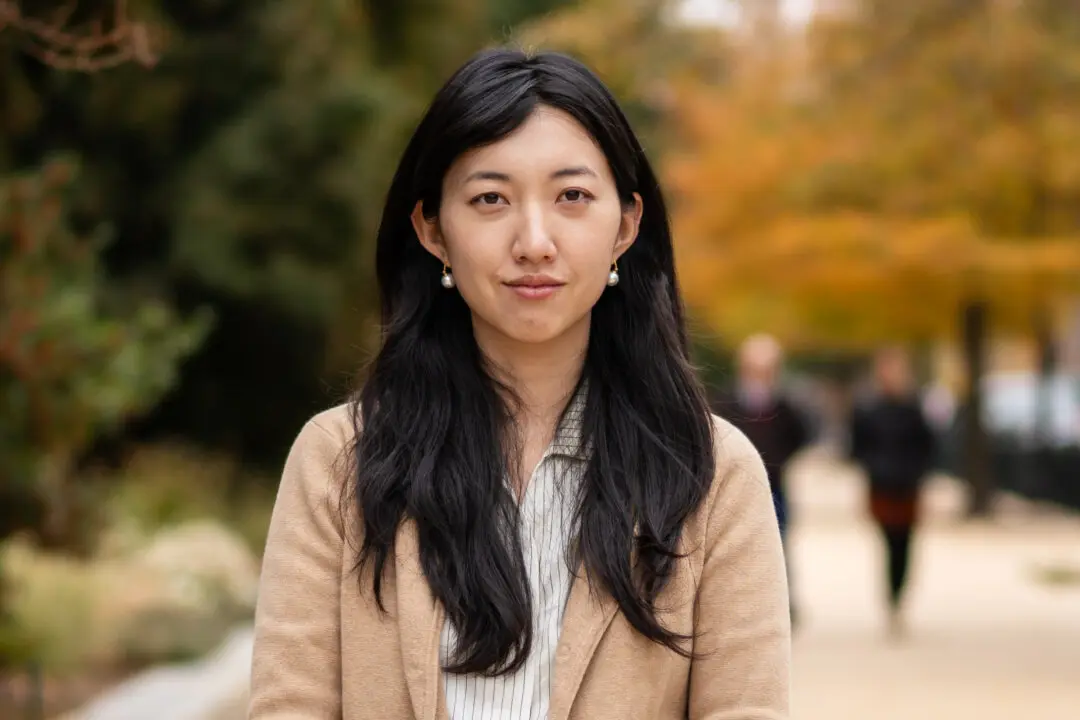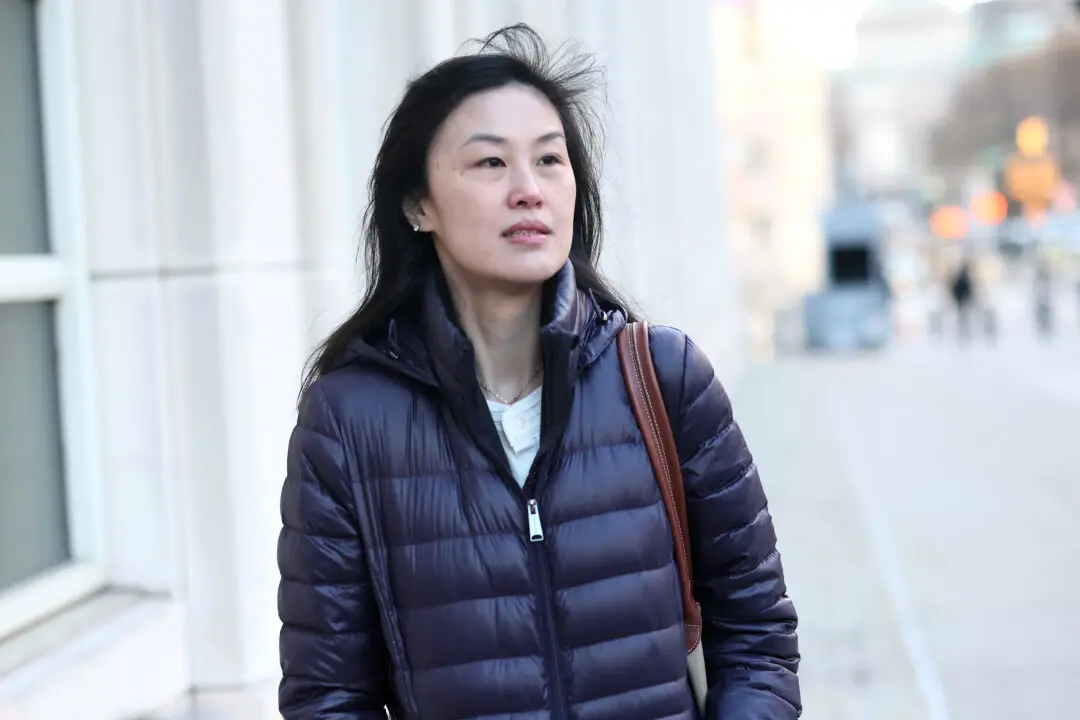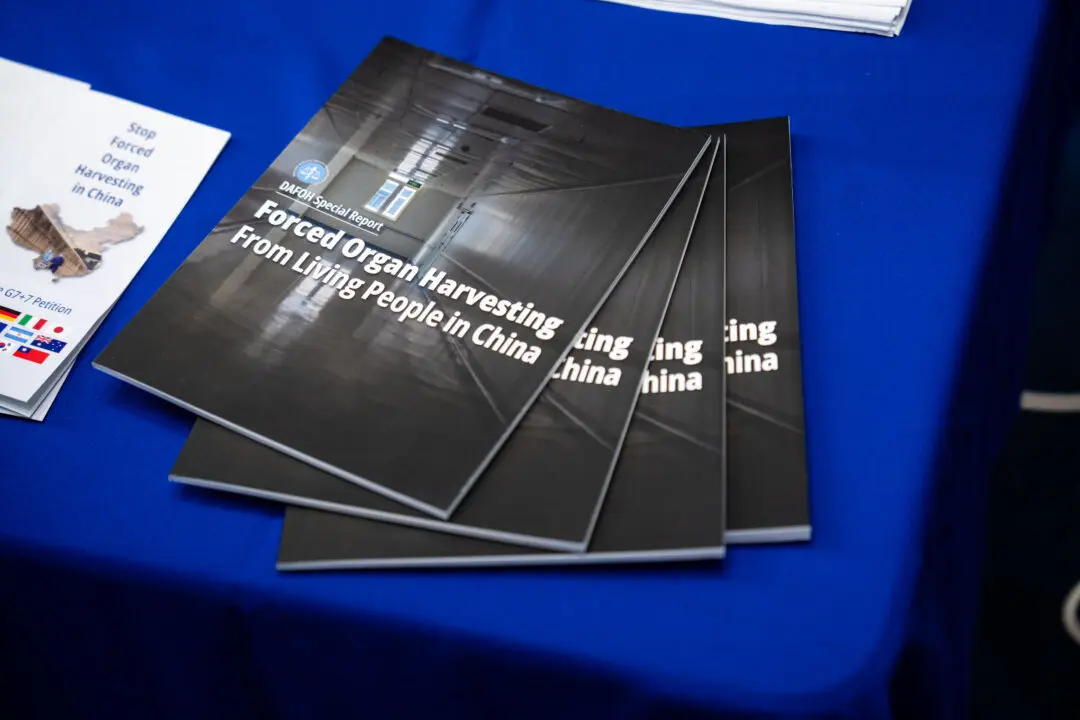A group of international researchers are pushing for a “proper investigation” into the origins of COVID-19, including examining the lab accident theory that was all but dismissed in a World Health Organization (WHO) investigation.
The WHO-led mission in Wuhan, China, which released its findings in late March, didn’t offer “balanced consideration” to the theory that the CCP (Chinese Communist Party) virus came from a laboratory accident, rather giving more weight to the natural zoonotic spillover hypothesis—that the virus spread to humans through an animal host, the scientists argued in a letter published May 14 in Science, a peer-reviewed academic journal.





